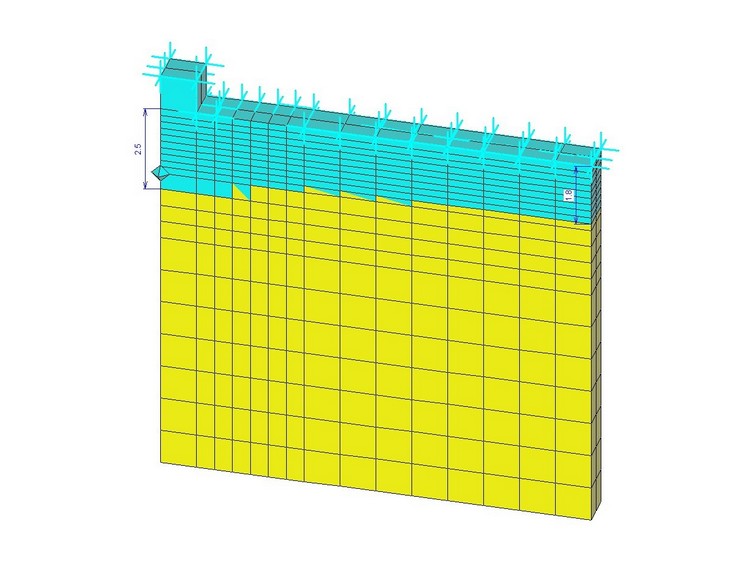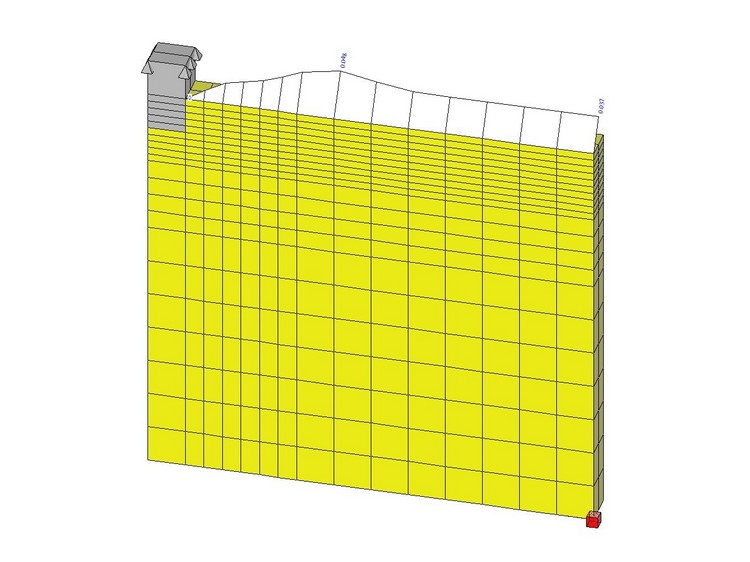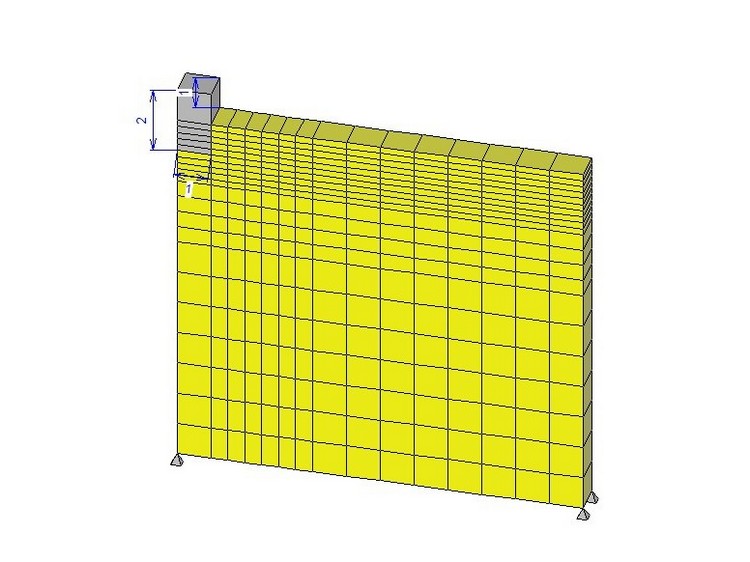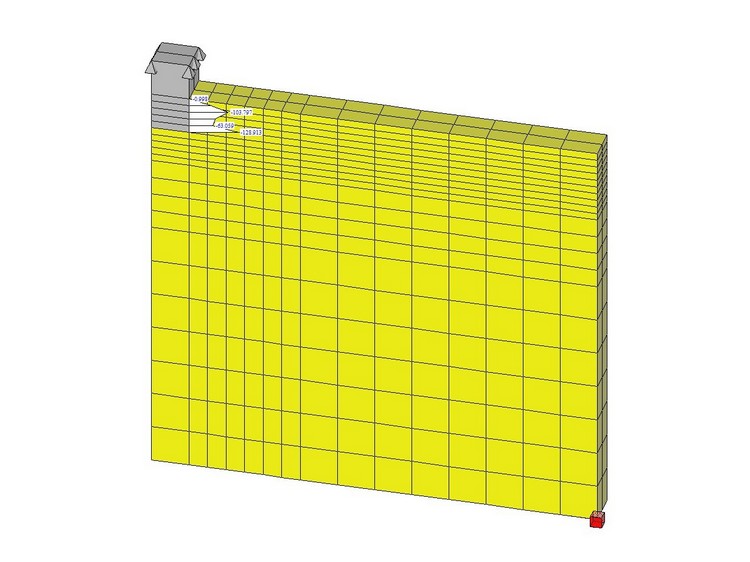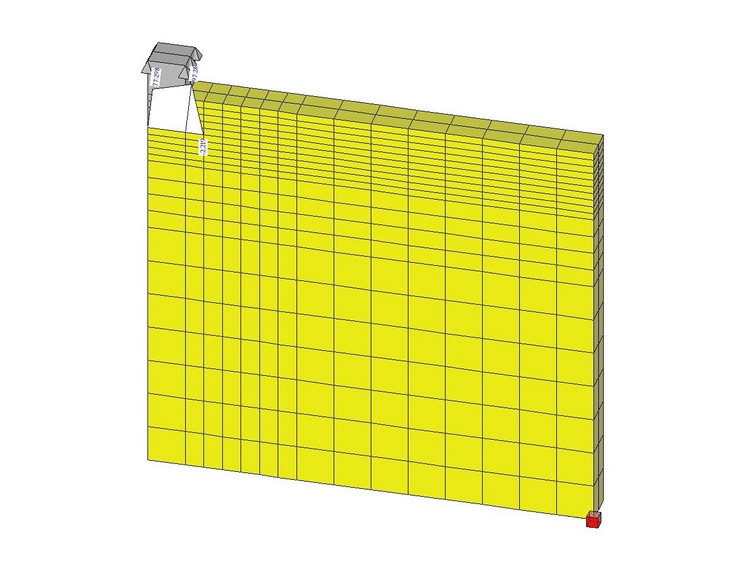Professor I. I. Sakharov: “My speciality is permafrost”
Professor of the SPbGASU Department of Geotechnics Igor I. Sakharov, Doctor of Engineering, Professor is one of the authors of the Thermogound program. This unique computer program provides for computations of temperature fields and soil deformations in permafrost. We talked with Professor I.I. Sakharov about his developments described in the article “Calculation method for determining the characteristics of frost heaving of soils” and published in the Geotechnics Fundamentalsand Applications in Construction: New Materials, Structures, Technologies and Calculations journal, and the most remarkable milestones of his professional path.
Professor Igor I. Sakharov:
– It all started when I bought a book from the popular science series of the Academy of Sciences entitled “A Drop”. It spoke about water freezing. I read it, and got incredibly interested in this topic. A lot of time has passed since then. I’ve been working on permafrost for 35 years. My specialization is permafrost. In 1975, we, postgraduate students, said to each other: we should never go into two things, i.e., dynamics and permafrost, because these are very complex matters. Now, there are four doctors of sciences specializing on permafrost in the whole country. A few years ago, I supervised two postgraduate students and I needed an opponent for them. I failed to find one in St. Petersburg. But, of course, one can learn everything. When a postgraduate student comes to me, the first thing I ask is: are you interested in doing this? If the answer “yes, I am” sounds confident, then we can teach and be a success, if the desire is there. I’d got it years ago, and I started working. I did everything myself; I had no formal postgraduate nor doctoral studies.
– What difficulties are associated with the chosen subject of yours?
– Sitting at a computer is one thing, and conducting field experiments outdoors at minus thirty degrees is something different. Just you try to take measurements at minus thirty! This is not something that everyone wants. I remember a few years ago, we had a meeting with students who wanted to enroll to graduate school. Representatives of various departments spoke, and I was the first to get the floor, and I said: “Dear friends, I have several topics for Master’s degree students. I’ll explain you everything, how and what to do. But you will work in a permafrost laboratory. Felt boots and a quilted sheepskin coat will be your uniform.” And you know what: nobody dared!
– Did the Thermogound program make a difference?
– Thanks to the program, labor-intensive field experiments can be replaced by computer simulation.
You cannot do this in a laboratory: the GOST parameters that are set there do not exist in practice. And the program allows you to simulate a lot of real situations.
My co-authors are Professor Vladimir N. Paramonov from Emperor Alexander I St. Petersburg State University of Railway Engineering, who was engaged in the mathematical component, and professor Sergey A. Kudryavtsev from the Far East University of Railway Engineering, who tested and processed the results. I was working out the physical algorithm. I can confidently say that we have worked not in vain. The program has been certified and is well-known worldwide. We represented it at many conferences, and there were no serious criticisms of it.
{gallery name="Сахаров интервью 1202019"}
– Please, tell us what is your article about?
– The article describes one of the options for using the Thermogound Program, which allows to determine the heaving force. When freezing, water increases in volume by nine percent. All soils contain water, so they swell. Foundations and any other structures that stand on them undergo a deformation of the rise. Everything begins to crack and deform due to the influence of normal and tangential forces.
I proposed to determine these forces, not empirically but by numerical simulation. This will make it possible to formulate recommendations what should be a building, railway, overpass, bridge, etc. like, so that they could last 50 years. This is the lifetime of capital structures.
– Have you ever been to the North?
- Yes, I had. I didn’t go by orders, but because I wanted to, it was interesting to me. It continues to be interesting, although I’m far from young. At the moment, I am negotiating with the Magadan Gold Mining Enterprise and customers from Mongolia.
In Mongolia, the problem with freezing is so serious that the center of the capital city of Ulan Bator has not been built up: large deformations are going on, everything is cracking. In Magadan, it’s also difficult: there is island permafrost plus eight-point seismicity.
My dream is to go there, see if it works out or not. I have done similar work before.
– I wish you continued professional success!
Interviewed by Tatyana Petrova
✔ Learn more about the Department of Geotechnics,
its teachers and researches





